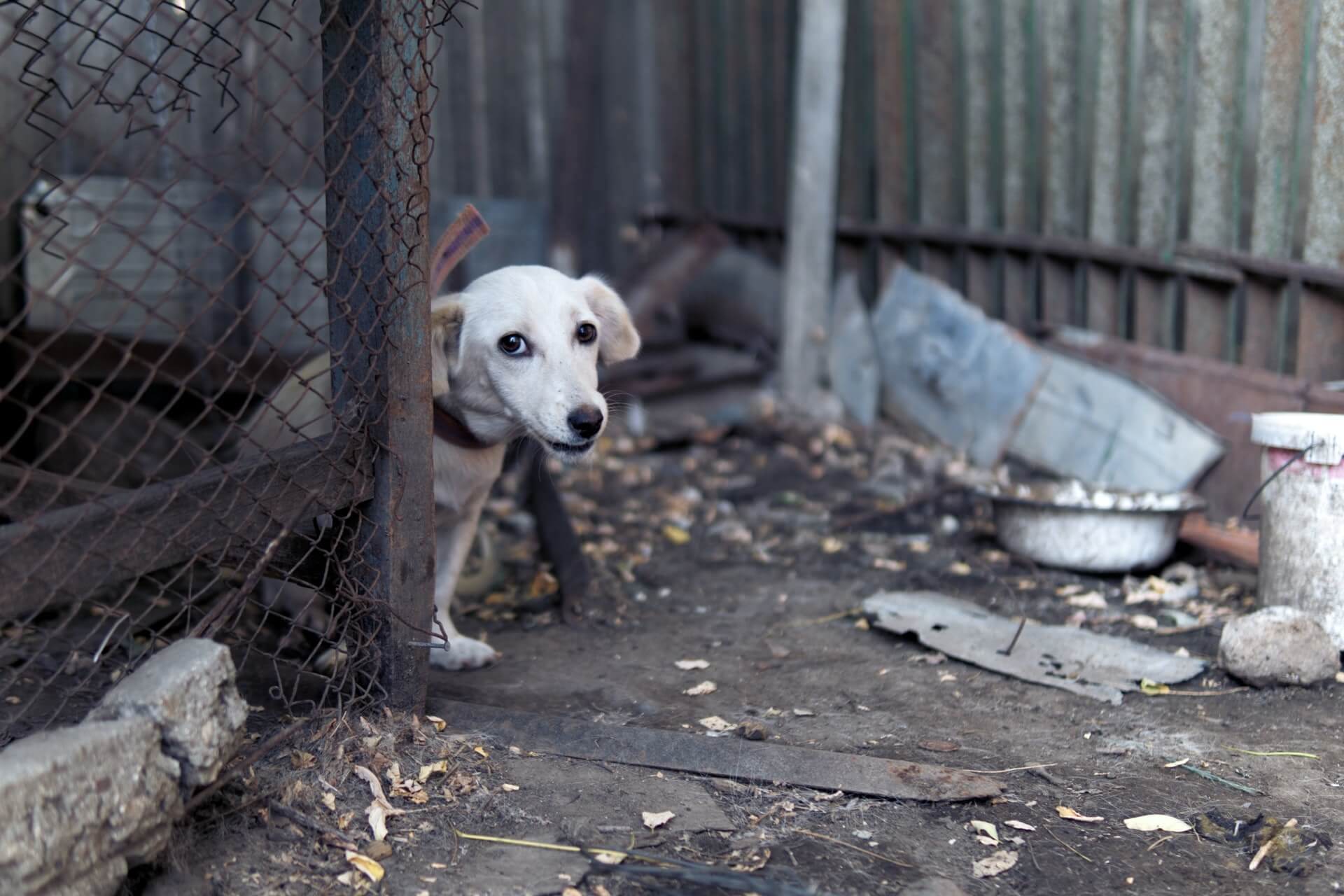Animal cruelty is a pervasive issue that has plagued human society for centuries. The question arises: how long has this reprehensible behavior been part of the human condition? To answer this, we must traverse the murky waters of history and explore the various manifestations of human-animal abuse. From the torturous practices of ancient civilizations to modern-day brutality, the timeline of animal cruelty reflects both humanity’s darker instincts and its evolving ethical consciousness.
Historically, the abhorrent treatment of animals can be traced back to antiquity. Evidence from archaeological excavations reveals that animal sacrifice was commonplace among many early cultures. Ancient Egyptians, for instance, held certain animals in veneration, yet paradoxically subjected others to brutal rites. Similarly, the Greeks and Romans entertained themselves with blood sports, where animals fought against each other or against humans. This grim exhibition of violence was not merely for entertainment but often served as a ritualistic offering to deities, suggesting that the roots of animal abuse entwine deeply with spiritual beliefs.
As civilizations evolved, so did the mechanisms of animal cruelty. The Middle Ages marked an unfortunate turning point, characterized by widespread barbarism. During this period, animals were often implicated in superstitions and witch hunts. Accusations of sorcery frequently led to the cruel execution of animals believed to be witches’ familiars. The macabre spectacle of public executions was not exclusive to humans; cats, dogs, and even livestock were subjected to untold suffering. This gruesome practice raised an unsettling question: does the human fear of the unknown manifest itself in brutality towards those who are considered different, even if they are non-human?
The Enlightenment brought about a paradigm shift in human thought, emphasizing reason and morality. Philosophers like Jeremy Bentham and Immanuel Kant began to challenge the accepted norms, questioning the ethical implications of animal treatment. Bentham famously argued that the capacity to suffer, not the ability to reason, should determine the moral consideration afforded to beings, including animals. However, the transition from theory to practice was slow and fraught with challenges, as entrenched attitudes towards animals proved resistant to change.
During the 19th century, the Industrial Revolution further exacerbated the plight of animals. As urbanization took hold, large-scale farming and mechanization became standardized. Livestock was subjected to harsh conditions in factory farms, often enduring inhumane treatment for the sake of profit. This period saw the establishment of the first animal welfare organizations, such as the Royal Society for the Prevention of Cruelty to Animals (RSPCA) in England, founded in 1824. Yet even with a burgeoning awareness of animal rights, the legal frameworks necessary to protect animals remained woefully inadequate.
The 20th century marked a significant evolution in public consciousness regarding animal rights. The aftermath of World War II ushered in an era of heightened awareness about suffering, leading to the animal rights movement gaining traction across various social spheres. Yet challenges persisted. The rise of factory farming, mass-produced animal products, and cosmetic testing on animals highlighted a grim reality: the commodification of animals continued unabated. Despite growing advocacy, the disconnect between humane ideals and industrial practices underscored the difficulty in reconciling economic interests with ethical considerations.
In contemporary society, the issue of animal cruelty persists in myriad forms, from neglect and abandonment in domestic settings to exploitation in the entertainment industry. While significant strides have been made in certain jurisdictions—such as stricter laws and increased advocacy—the battle against cruelty is far from over. Advances in technology have also illuminated the widespread abuses involved in factory farming and animal testing, prompting further outcry and demand for reform.
One might ponder: what motivates a society to stand idly by while such atrocities occur? Often, the answer lies in a complex mixture of societal norms, economic pressures, and cultural attitudes towards animals. Animals, frequently relegated to the status of mere objects, suffer in silence, trapped within a system indifferent to their plight. This tragic reality challenges each individual to confront their own beliefs and behaviors regarding animals. Are we, as a society, prepared to stand against cruelty or will we continue to avert our gaze?
The emergence of social media and advocacy platforms has amplified the voices fighting against animal cruelty. Campaigns that raise awareness through shocking images and poignant stories have the power to galvanize public opinion, igniting activism like never before. However, the rapid dissemination of information also presents a dual challenge: the potential for desensitization. As audiences become inundated with graphic content, genuine empathy can be overshadowed by fatigue. It is vital, therefore, to cultivate a compassionate dialogue that encourages meaningful action rather than mere voyeurism.
The fabric of animal welfare remains intricately woven with the evolution of societal ethics. While modern advancements in science and philosophy have laid a foundation for change, the historical legacy of animal cruelty lingers still. The journey towards a more humane world for animals calls for vigilance, education, and a commitment to challenge the status quo. The question persists: how can we, as individuals and as a society, transform the dark history of human-animal abuse into a narrative of hope and compassion? Let us ponder, and more importantly, act with intention and resolve.








